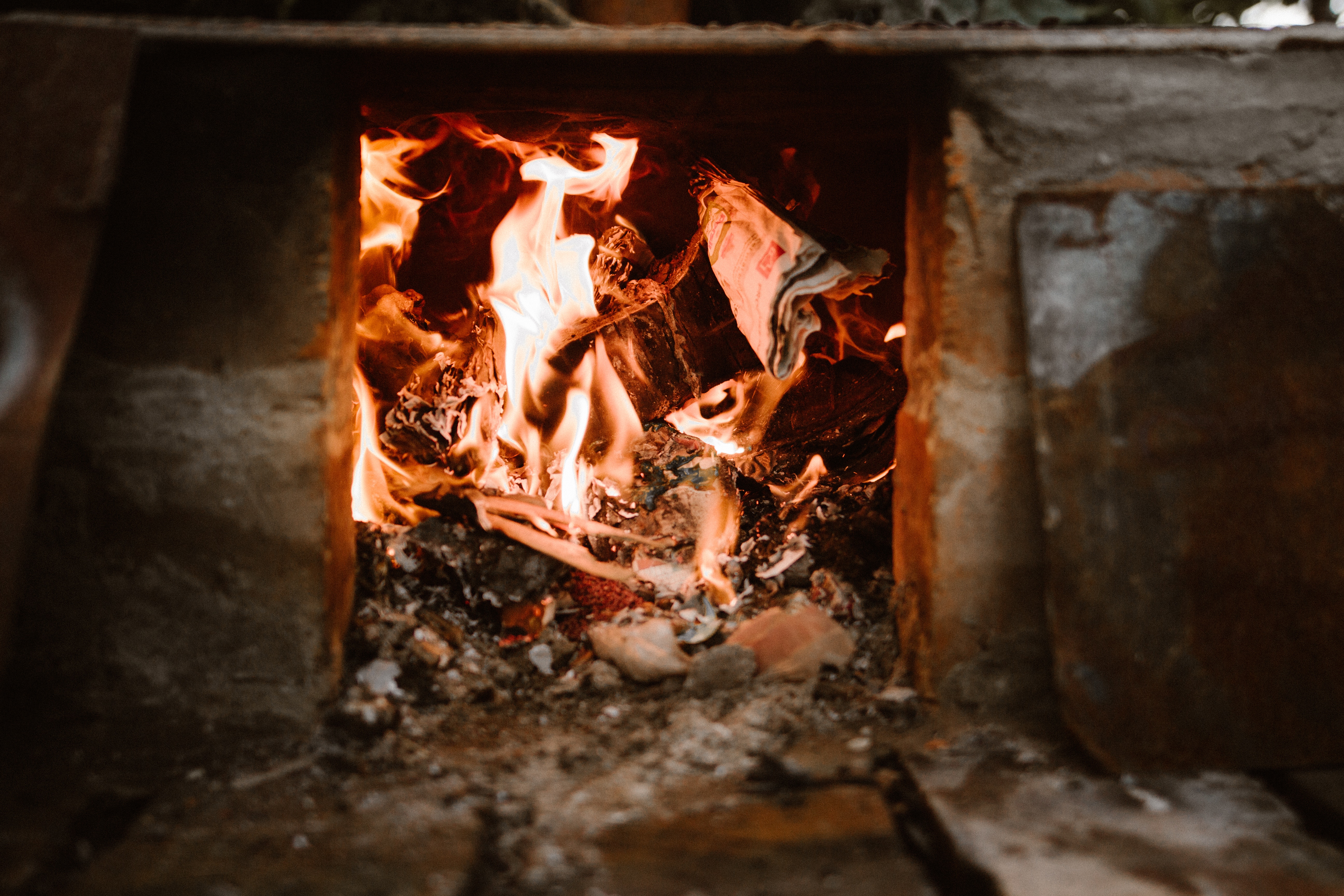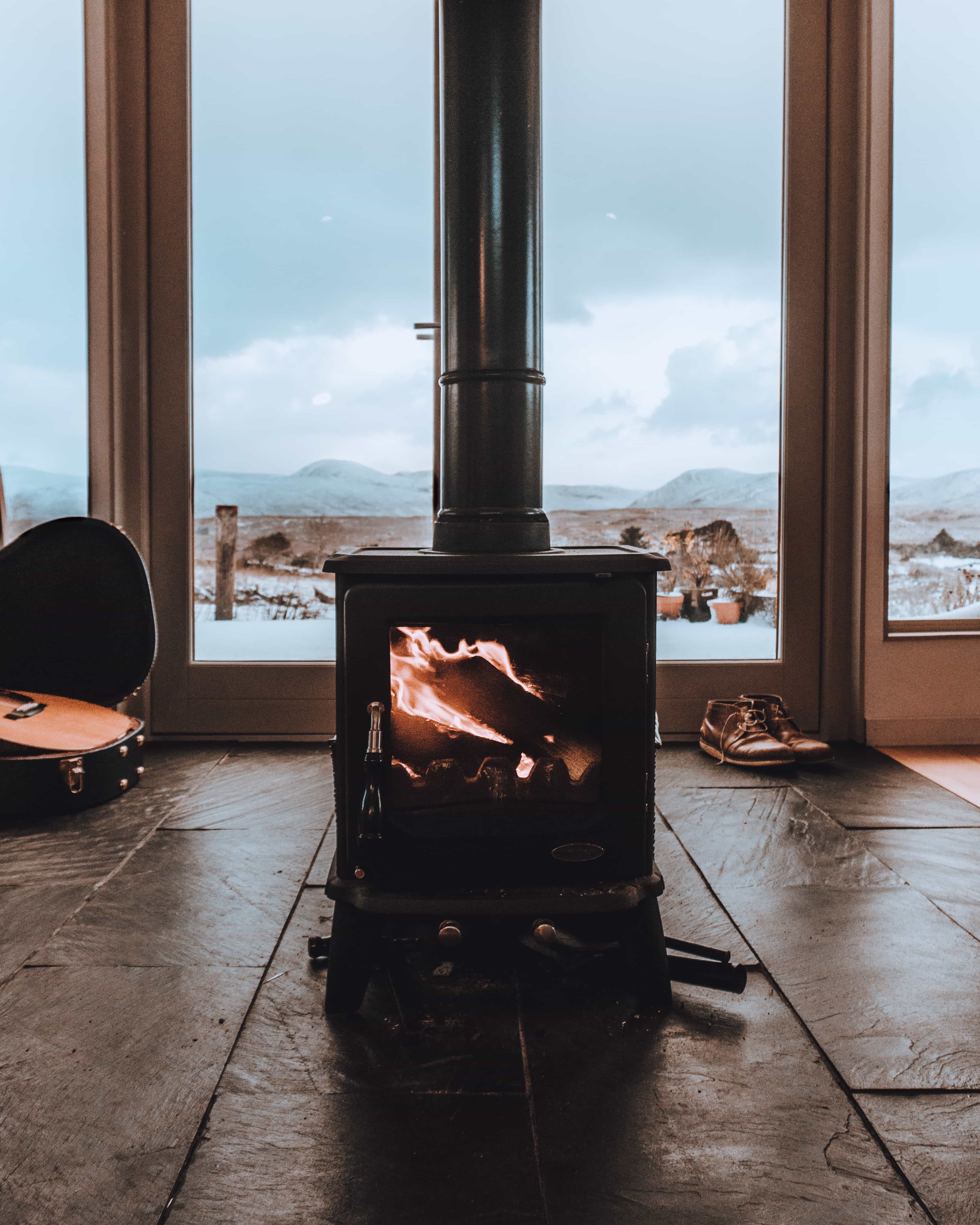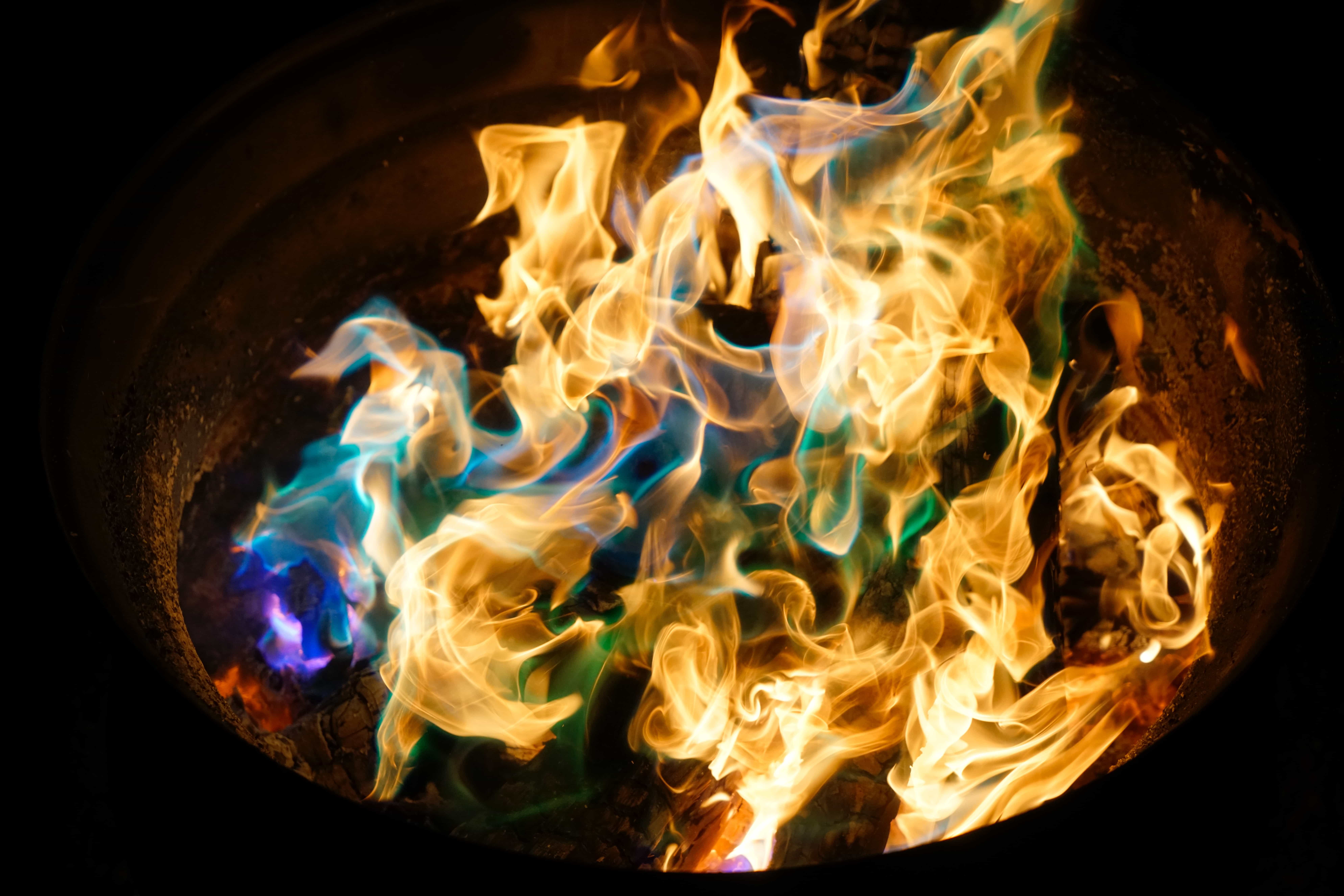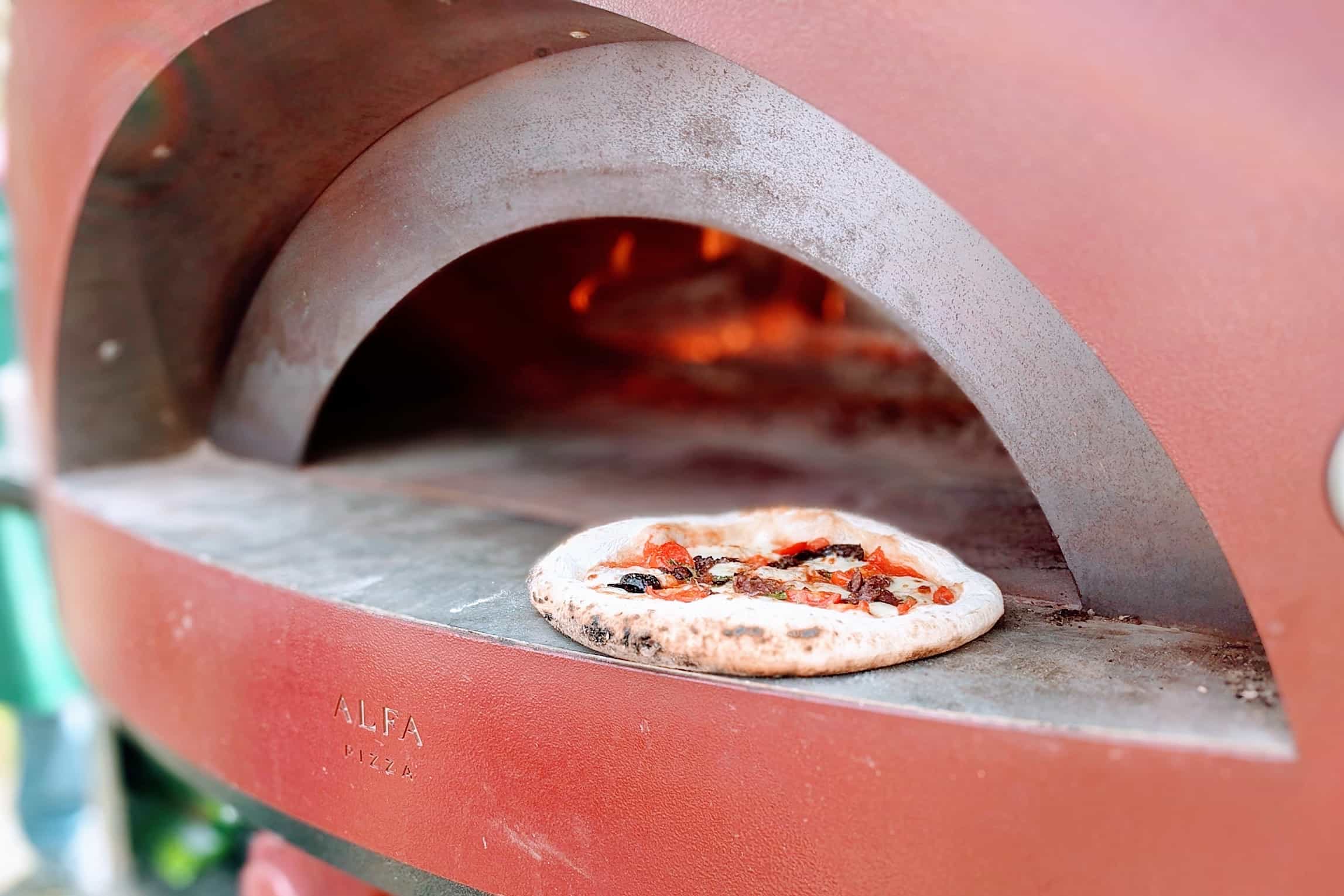How To Start Cooking Over Your Fireplace
To get the most out of your fire this winter why not try cooking with your fireplace!
A wood-burning fireplace is safe for you to cook in, however, a gas fireplace is not. For a gas fireplace, the logs need to be clean and unobstructed to work properly. Grease or food could fall onto the logs and could potentially cause a fire hazard.
 Safety for indoor cooking
Safety for indoor cooking
- it is important to have the flue open when you start cooking on your fireplace. Leaving the flue closed will allow a build-up of carbon monoxide which is very dangerous.
- Keep flammable items away from the fireplace as you’ll be interacting with the fire while cooking.
- Make sure your fireplace is clean and maintained as cooking in an unclean fireplace can cause smoke risks.
You can cook over a wide temperature from 160 degrees for slow roasting to over 750 degrees for high heat grilling.
Cooking options
Cooking straight onto the embers. You can cook whole onions, eggplant, peppers, yams, potatoes and thick steak-like porterhouse, t-bone or ribeye.
- arrange two parallel rows of firebricks, broadsides down toward the front of the fireplace, shovel a layer of ember between the two rows, then rest a frying pan, griddle or dutch oven on the bricks. The wood smoke will still infuse the food with a smoke flavour if it is in a pan.
Skewers
sausages or kebabs with metal skewers, don’t forget you can cook s’mores this way too!
Dutch oven
You can easily cook soups or stews on your fireplace. The trick is to get your fireplace going that it produces plenty of hot embers. Then you can place the dutch oven on the embers. Remember to rotate to distribute the heat evenly.
A String
This is still used in southern France, a method called la ficelle (on a string). Meat or poultry is put into a compact packaged and suspended from a hook in the ceiling or mantelpiece. The meat rotates near the heat from the fire.
Tips for cooking with your wood fireplace
- avoid overly fatty foods like rib-eye steak as they will create a lot of smoke when cooking over the fire.
- Choose the right wood, well-seasoned woods like applewood will give you a unique flavour that you won’t get from an oven. This is also less likely to give off dangerous sparks.
- Avoid pine or cedarwood, they burn at low temperatures and can leave resin in your chimney. Don’t use regular logs that may include petroleum wax as these are dangerous to ingest.
- Test the temperature, the heat distributes unevenly – to prevent this use Firemizer and will allow for an even burn.
- Place a pan to catch drips

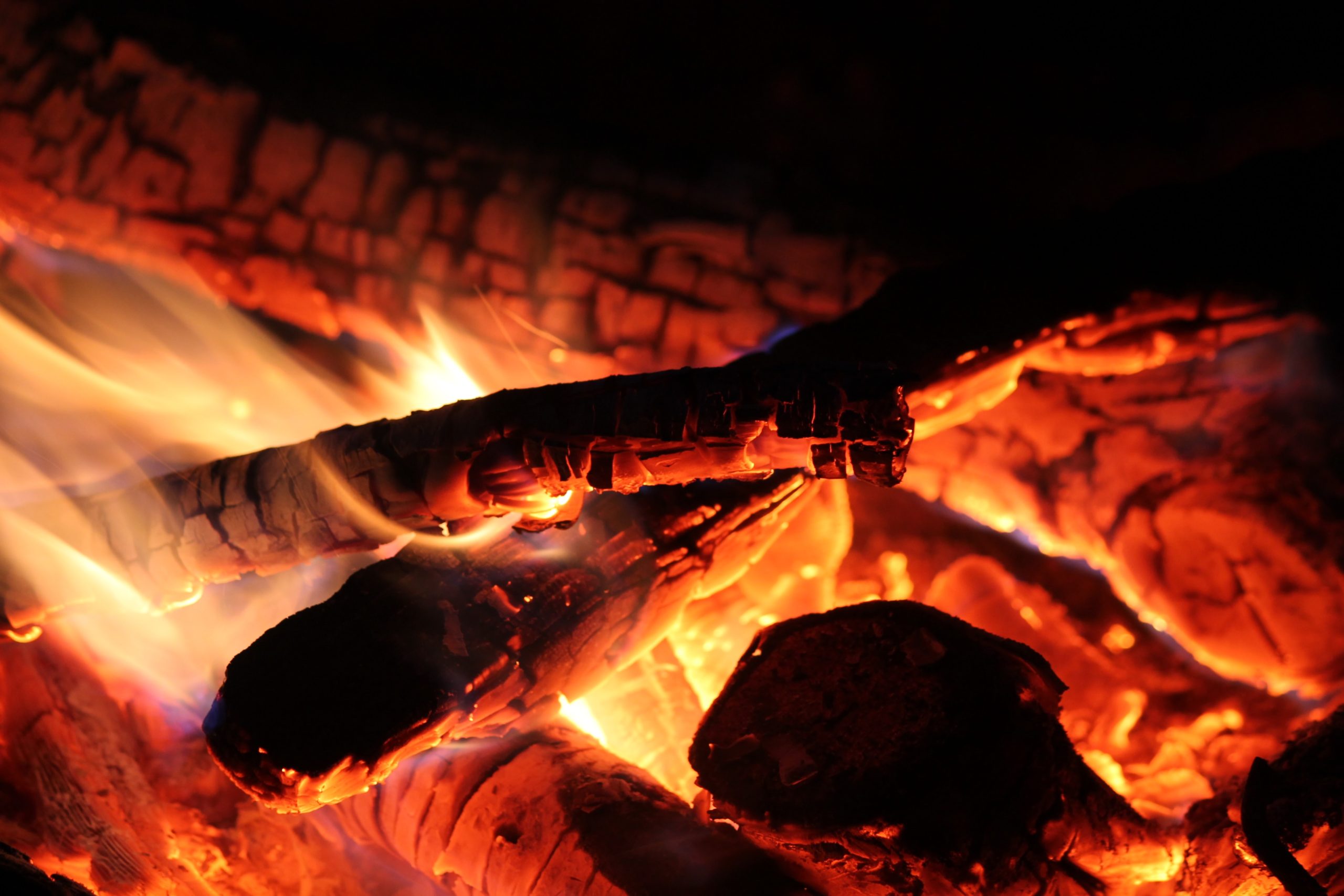
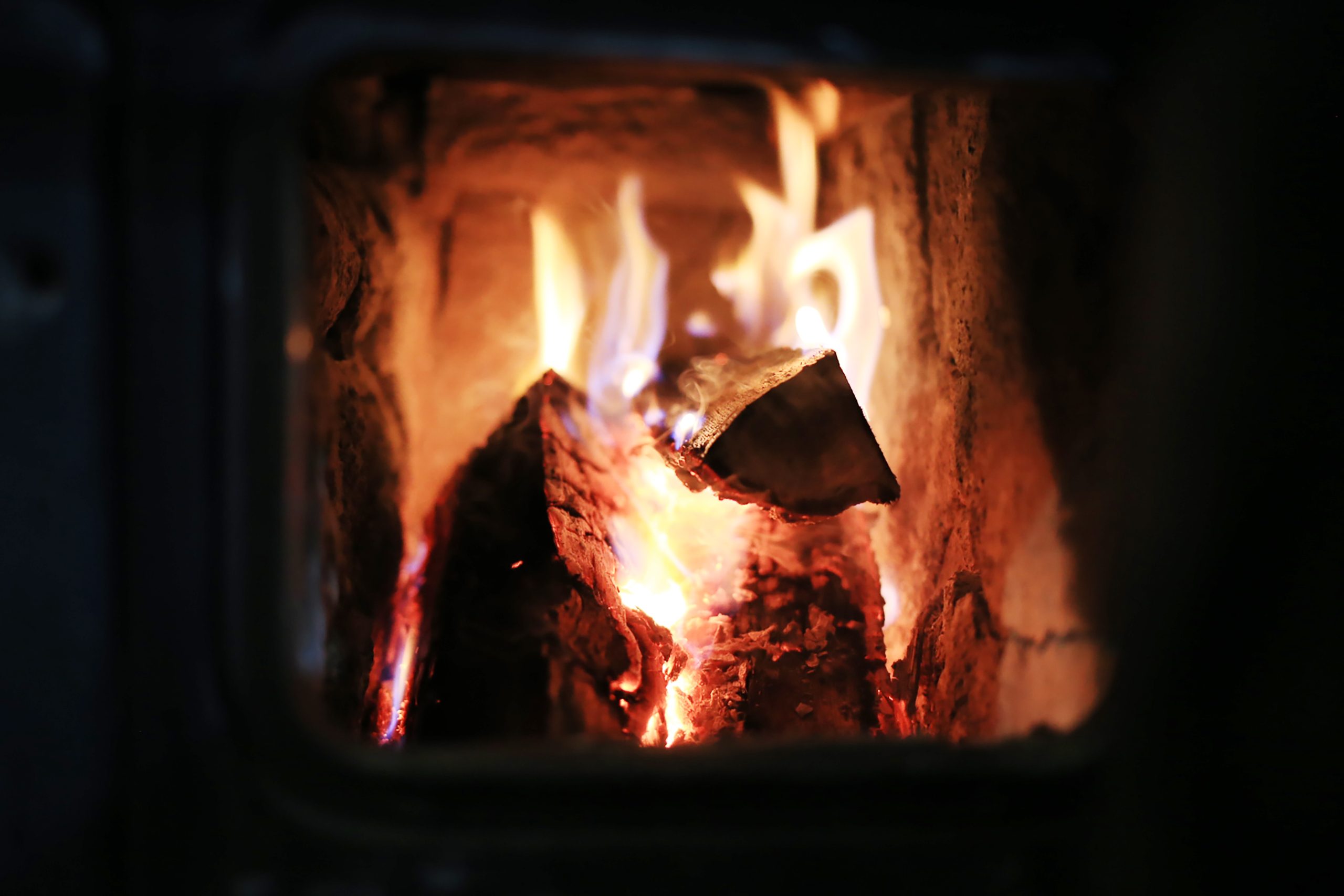
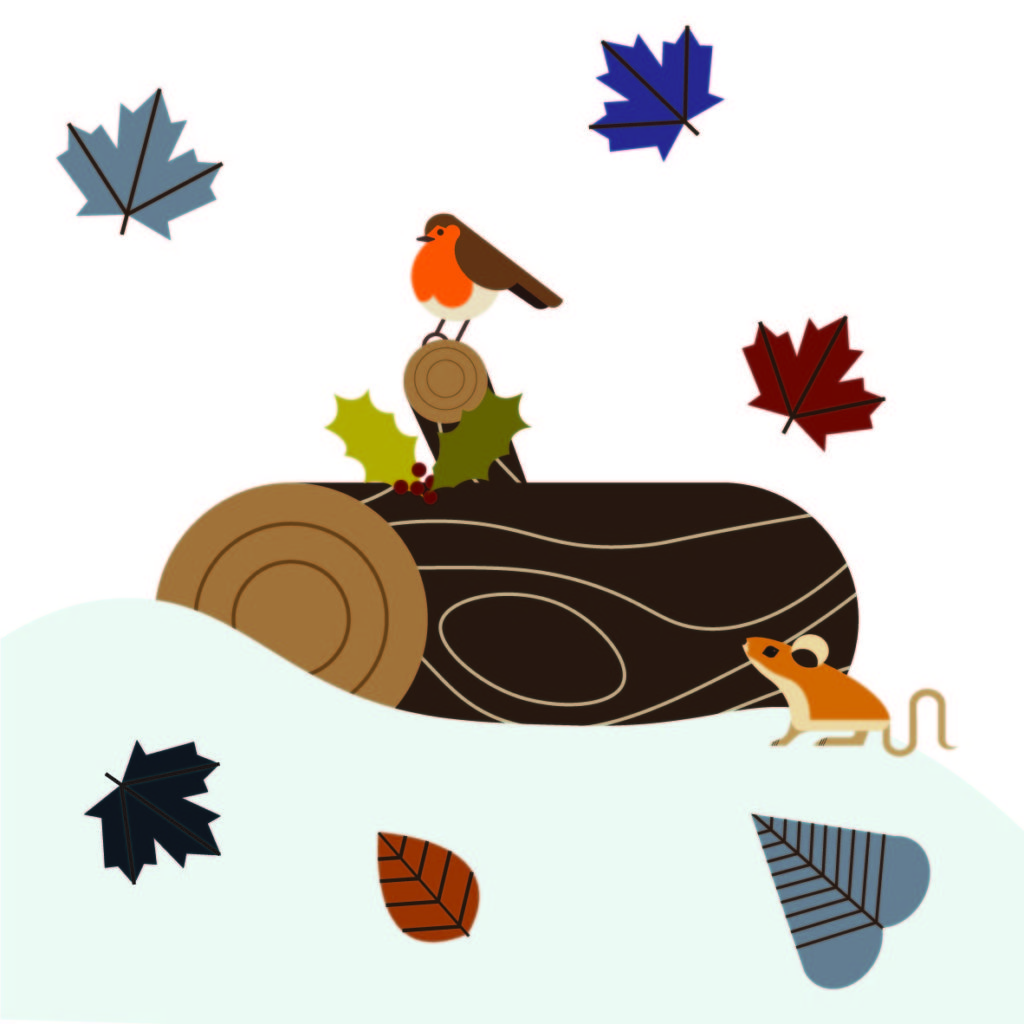 Similar traditions
Similar traditions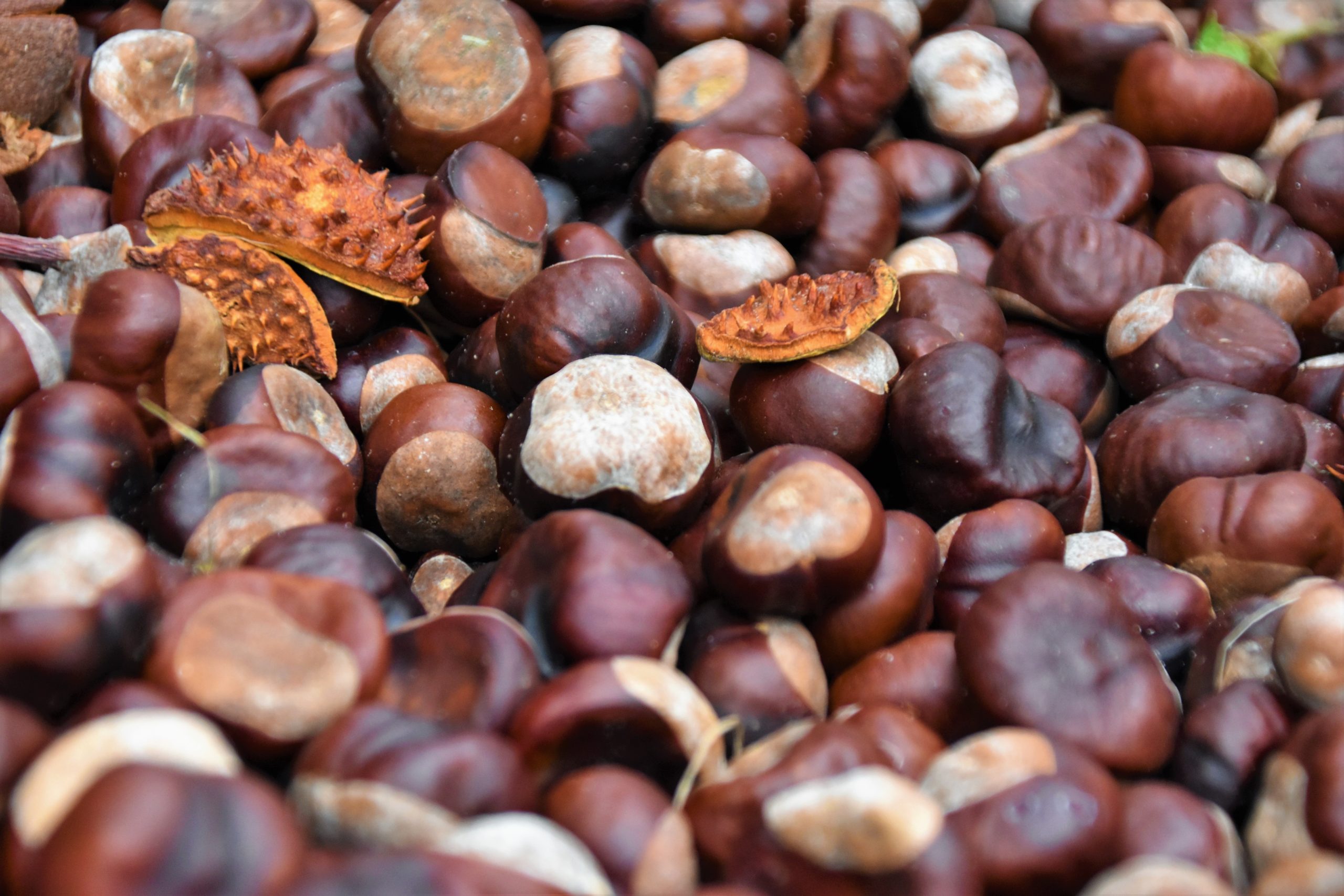
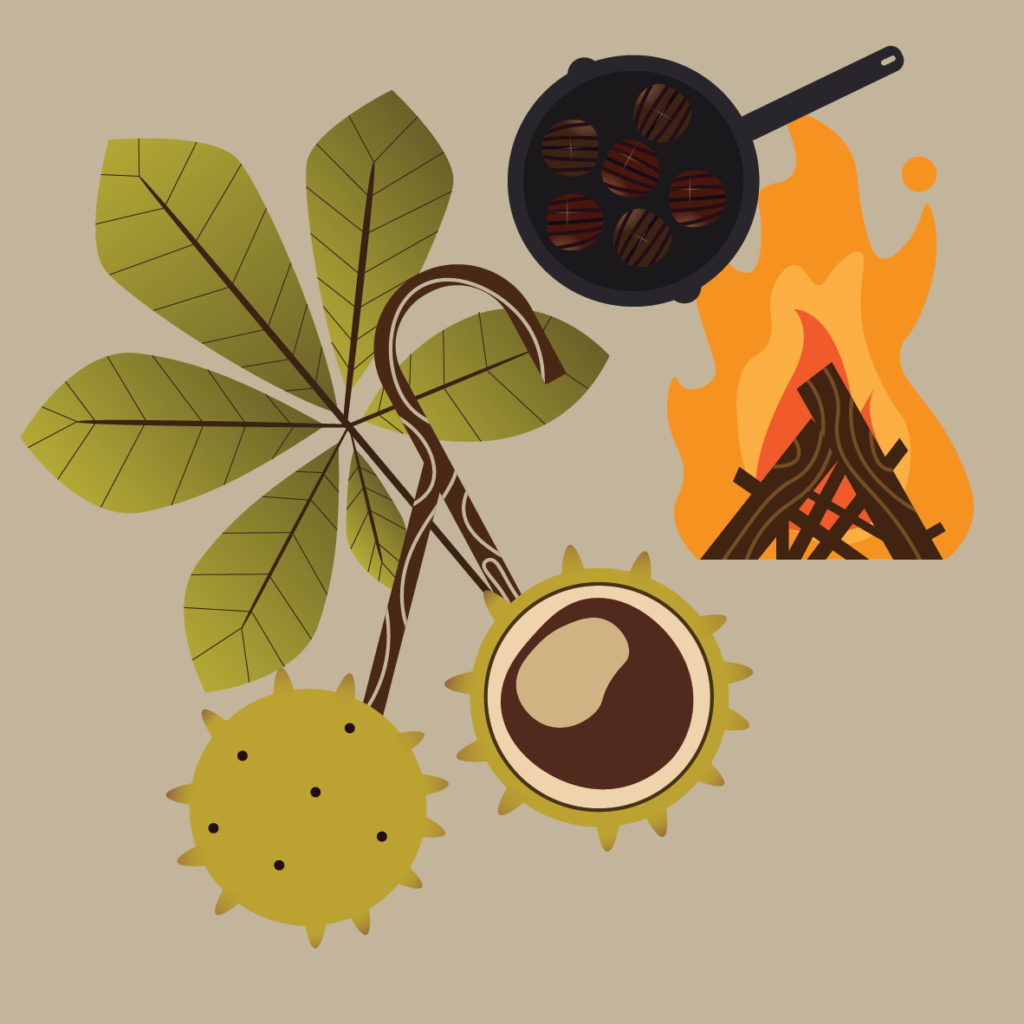 Roasting over an open coal fire
Roasting over an open coal fire